
Ebike Frame Material Differences Between 6061 Aluminum and 7075 Aluminum
Aluminum alloys remain among the top materials used in ebike frame industry today. These metals offer high relative strength, excellent strength-to-weight ratios, and improved machinability. The most popular aluminum alloys used in ebike frame are 6061 aluminum and 7075 aluminum. While similar in some aspects, there are significant differences between 6061 and 7075 aluminum.
When selecting materials, understanding their various properties is crucial. It is also important to recognize the differences between materials. There are multiple machinable aluminum alloys, including 7075. This article aims to highlight the characteristics of 6061 aluminum versus 7075 aluminum, showcasing the advantages of each alloy and where they should or should not be used.
What is 6061 Aluminum Alloy?
This alloy is a well-known member of the 6000 series. Due to its versatility and excellent mechanical properties, it is often referred to as a "jack-of-all-trades." Its relatively low cost further enhances its practicality.
6061 aluminum offers good machinability, excellent corrosion resistance, and decent tensile strength. Its ease of processing makes it a popular choice for many extrusion projects. It is suitable for applications such as electrical products, automotive and aerospace components, piping, consumer goods, and more.
What is 7075 Aluminum Alloy?
As a member of the 7000 series, which uses zinc as its primary component, 7075 aluminum is renowned for its higher strength. Its enhanced mechanical strength makes it a preferred choice in the defense and aerospace industries.
This alloy also performs well under fatigue stress, making it a reliable option for various industries. When comparing 7075 aluminum to 6061 aluminum, the 7075 alloy is relatively more expensive. Its machinability is reasonable, but its weldability is slightly inferior. Common applications include aircraft frames, plastic molds, high-end bicycle components, and more.
Differences Between 6061 and 7075 Aluminum Alloys
Having briefly reviewed these aluminum alloys, what are the differences between 6061 and 7075 aluminum?
This section will compare them based on several parameters.
Alloy Series and Chemical Composition
The first difference between 6061 and 7075 aluminum can be inferred from their names. 6061 aluminum belongs to the 6000 class or alloy series, which primarily uses silicon and magnesium as alloying elements. On the other hand, 7075 aluminum is part of the 7000 series, which employs zinc and copper as its primary alloying elements. The table below provides a detailed breakdown of the chemical composition of 7075 aluminum versus 6061 aluminum.
|
Chemical Element |
7075 Aluminum |
6061 Aluminum |
|
% Aluminum (Al) |
90.0% Al |
97.9% Al |
|
% Magnesium (Mg) |
2.5% Mg |
1.0% Mg |
|
% Zinc (Zn) |
5.6% Zn |
- |
|
% Silicon (Si) |
- |
0.6% Si |
|
% Chromium (Cr) |
0.23% Cr |
0.2% Cr |
|
% Copper (Cu) |
1.6% Cu |
0.28% Cu |
Mechanical Properties
Yield Strength
7075 aluminum has a higher yield strength than 6061 aluminum. This means 7075 aluminum can withstand greater stress and impact without deforming. The yield strength of 7075 aluminum depends on its chemical composition and heat treatment. However, with a yield strength of 276 MPa, 6061 aluminum is not entirely weak.
Thermal Conductivity
Aluminum alloys are generally good thermal conductors. However, the thermal conductivity of 7075 aluminum differs from that of 6061 aluminum, primarily due to their chemical composition and heat treatment. 6061 aluminum has slightly higher thermal conductivity than 7075 aluminum, making it an excellent choice for heat exchangers where heat dissipation is a key requirement.
Electrical Resistivity
Both 7075 and 6061 aluminum have low electrical resistivity, meaning they are good electrical conductors. However, 6061 aluminum has the lowest resistivity, making it a better electrical conductor than 7075 aluminum.
Elasticity
Elasticity helps determine a material's flexibility and resistance to deformation, as well as its stiffness. Both 7075 and 6061 aluminum respond similarly to elastic deformation.
Temperature Resistance
The melting points of 7075-T6 and 6061-T6 can be compared to analyze their temperature resistance. 7075 aluminum has a melting point of 477–635°C, slightly lower than 6061 aluminum's range of 582–652°C. Thus, 6061 alloy can withstand higher temperatures better than 7075 alloy. However, it is worth noting that 7075 aluminum responds exceptionally well to heat treatment, allowing for better distribution of elements within the metal.
Material Hardness
Material hardness determines a material's ability to resist deformation through indentation, penetration, or other means. Both alloys are hard enough to resist pressure without cracking or deforming. However, 7075 aluminum is harder than 6061 aluminum.
Machinability
Machinability describes the difficulty of processes such as milling, cutting, and die-casting. There is a significant difference in machinability between 6061 and 7075 aluminum alloys. 6061 is generally easier and faster to machine than 7075 due to its lower hardness and tensile strength, resulting in less tool wear during processing. This makes 6061 the preferred choice for machining most parts.
However, 7075 aluminum alloy contains higher concentrations of magnesium and copper, which increase its strength but also make it more challenging to machine. Advanced tools and techniques are required to successfully machine 7075 aluminum.
Anodizing
Anodizing is an electrochemical process that converts a metal surface into a decorative, durable, and corrosion-resistant anodized layer. Both 6061 and 7075 can be anodized to form a transparent oxide layer for protection. However, if 7075 contains excessive zinc, it may turn brown during anodizing.
Weldability
6061 aluminum is considered highly weldable due to its lower hardness and the presence of magnesium and silicon as primary alloying elements. It can be welded using various techniques and withstands high temperatures during welding applications.
7075 aluminum is generally not weldable because of its high zinc content, which increases the likelihood of welding defects such as hot cracking. Welding 7075 often results in weak joints or surface defects. Annealing can improve weldability by softening the material, making it more suitable for welding. However, post-weld heat treatment is necessary to restore strength, and riveting is often preferred for joining 7075 components.
Cost Considerations
7075 aluminum alloy is typically more expensive to produce due to its zinc and other alloying elements, which enhance strength but increase material and processing costs. Additionally, its specialized handling requirements, such as advanced welding techniques or post-weld treatments, further drive up costs. In contrast, 6061 is often preferred for its ease of machining and lower cost.
Corrosion Resistance
6061 aluminum alloy is more corrosion-resistant than 7075, primarily because 7075 contains significantly more copper. Since copper reacts more with the environment, corrosion is more likely to occur in 7075 alloy.
Manufacturing Considerations
In terms of processing, 6061 aluminum alloy has an advantage over 7075 aluminum. This is mainly due to 6061's lower hardness and tensile strength, which facilitate machining and better formability. Both materials can be joined through welding, brazing, or adhesives. However, 6061 aluminum is weldable, whereas 7075 is considered unweldable.
Applications
There is some overlap in the applications of 6061 and 7075 alloys. Both can be used to manufacture automotive parts, aerospace components, and consumer goods. However, they differ in specific use cases.
Typical uses of 6061 aluminum include:
- Construction products
- Automotive parts
- Electrical products
- Bicycle frames
- Piping
Typical uses of 7075 aluminum include:
- Missile components
- Aircraft parts
- Gears and shafts
- Fuse parts
- Control valves

6061 vs. 7075 Aluminum: Which One to Choose?
Choosing between titanium and aluminum might be straightforward, but selecting between alloys of the same metal can be trickier.
As with many decisions, your choice will depend on several factors, with the primary one being the intended application. Other factors include manufacturing conditions and cost.
As a versatile alloy, 6061 is suitable for various structural components. It is particularly useful when:
- Extensive machining is required.
- Parts need significant welding.
- Corrosion is a concern.
- Cost is a primary factor.
On the other hand, 7075 aluminum is more useful when:
- A high strength-to-weight ratio is critical.
- The component will be highly exposed to high temperatures.
- Friction is a significant factor.
- Cost is not a concern.
FAQs
1. Which is easier to machine, 6061 or 7075 aluminum?
6061 aluminum has lower tensile strength and hardness than 7075 aluminum, making it easier to form and weld. Therefore, 6061 aluminum alloy responds better to machining than 7075 alloy.
2. Is 6061 or 7075 aluminum stronger?
7075 aluminum alloy has a higher yield strength than 6061 aluminum due to its chemical composition. This makes it more capable of withstanding impact and less prone to deformation compared to 6061.
3. What should be considered when choosing between 6061 and 7075 aluminum alloys?
When selecting between 6061 and 7075 aluminum alloys, several key factors should be considered. Budget is an important consideration, as the cost of the alloy plays a significant role. Additionally, the intended application of the final product is crucial. Manufacturing processes must also be considered, as the two alloys do not share the same machinability standards.
4. What are the advantages of 7075 aluminum alloy?
7075 aluminum alloy is known for its durability and strength, making it suitable for high-performance applications in aerospace and military fields. Its corrosion resistance and high-temperature tolerance make it more ideal for certain applications than other aluminum alloys. However, due to its zinc, magnesium, copper, and chromium content, which enhance strength and hardness, special machining methods are required to successfully shape it.
5. Why can't 7075 aluminum alloy be welded?
The heat generated during welding alters the metal's internal structure, making it more prone to cracking. The high zinc content in 7075 can also cause porosity during welding, compromising strength and appearance. Even if 7075 can be welded, post-weld heat treatment to restore strength is often too time-consuming or costly. These complexities make welding this alloy impractical, so alternatives like 6061 aluminum are typically preferred.
6. Why is 6061 aluminum alloy so popular?
6061 aluminum alloy is an economical and flexible material with an excellent strength-to-cost ratio, balancing strength, corrosion resistance, and ease of fabrication. Its weldability and machinability make it ideal for applications in construction, automotive, and marine industries. Additionally, anodizing 6061 aluminum further enhances its durability in outdoor environments.
Conclusion
The importance of material selection in modern ebike frame development cannot be overstated. Aluminum alloys are among the most widely used metals in bike frame manufacturing. This article has compared 7075 aluminum and 6061 aluminum based on various parameters, including their unique properties and specific applications.










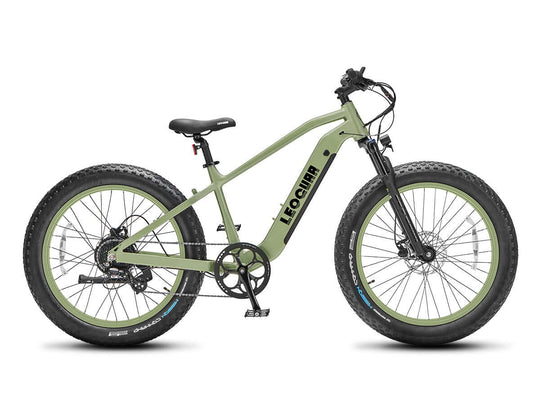
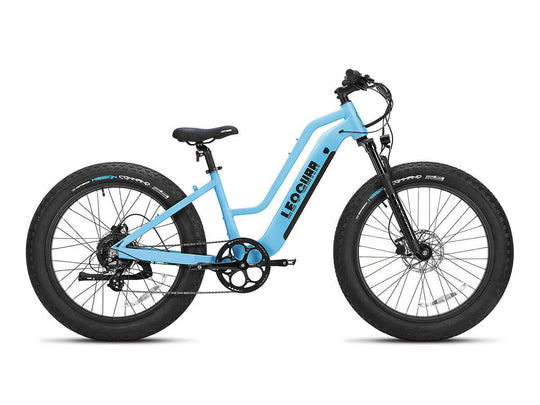
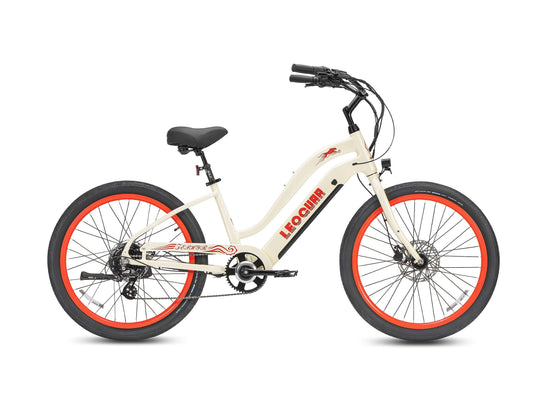
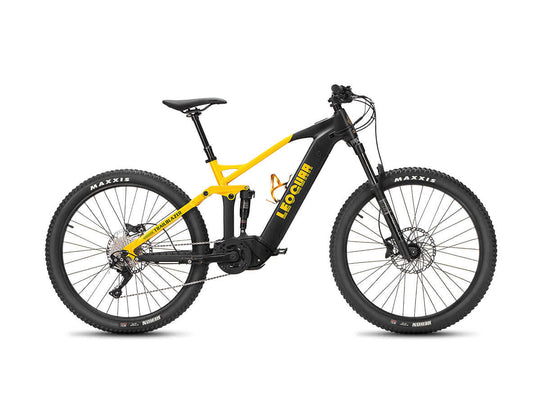
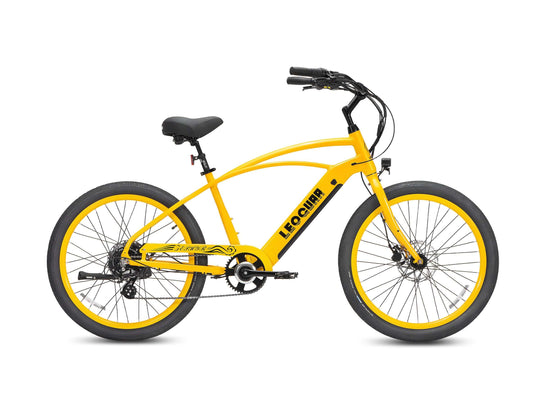
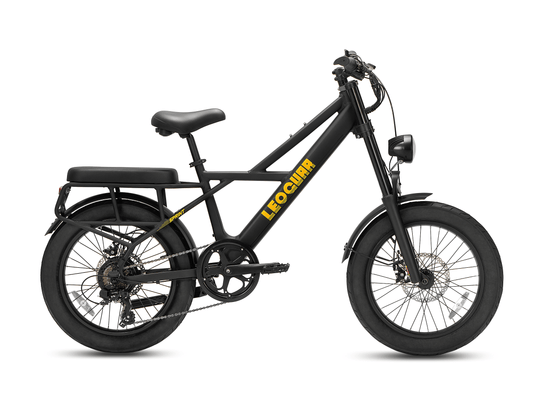

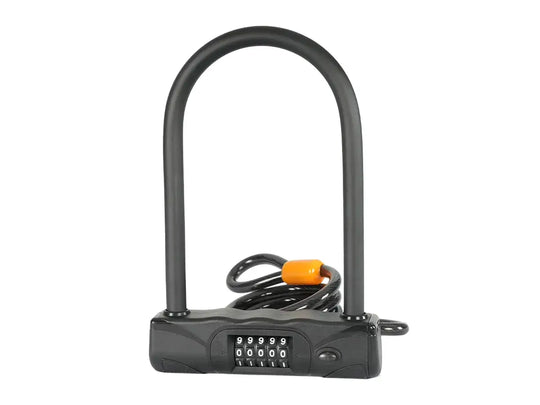

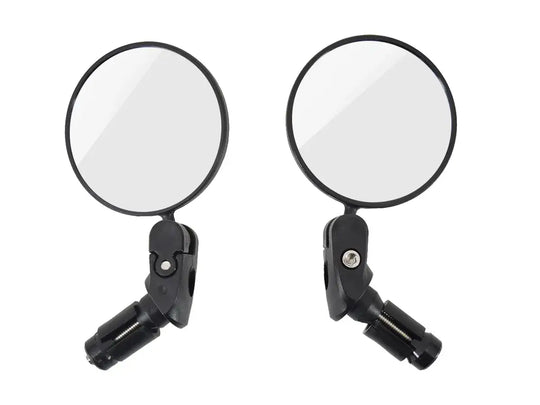

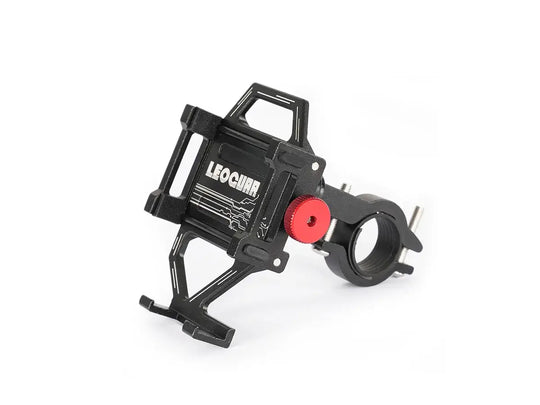
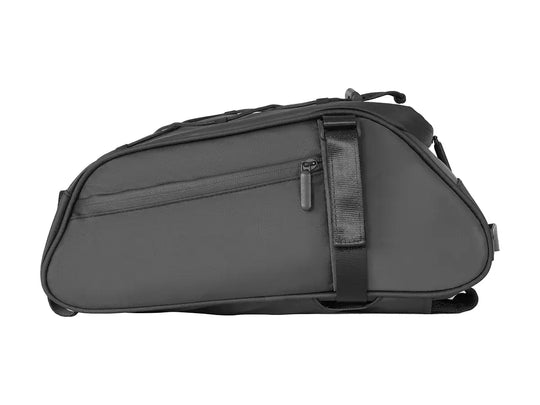
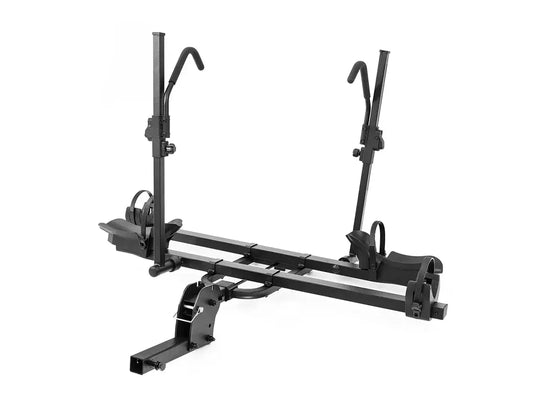
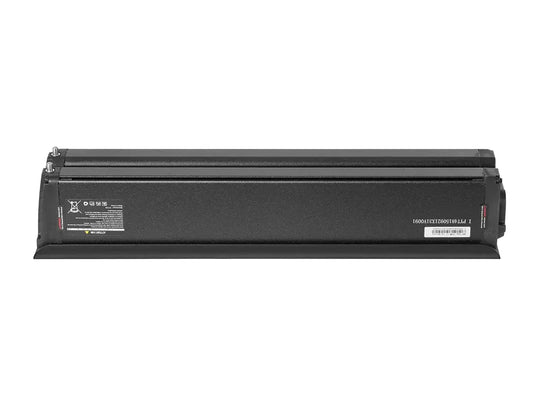
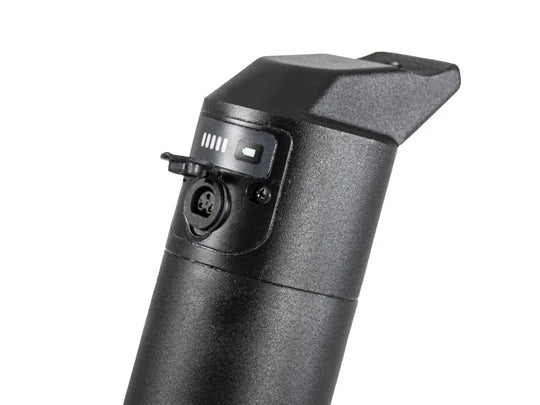
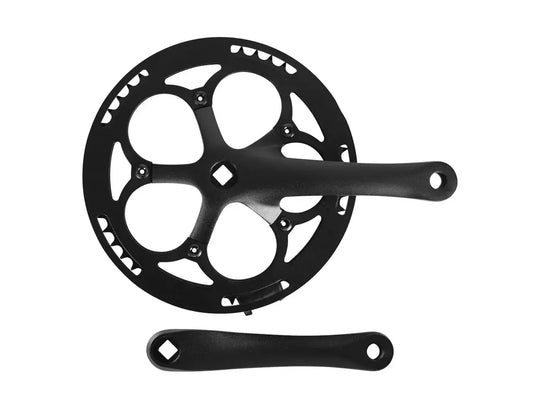
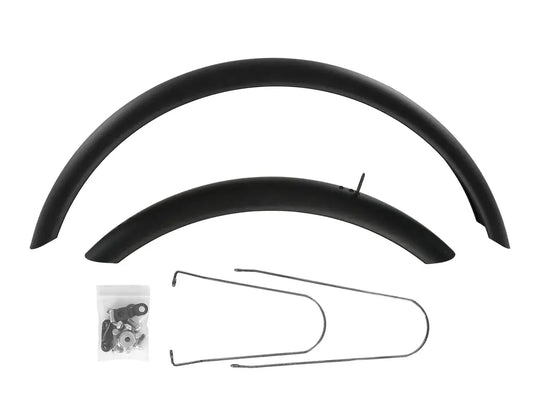
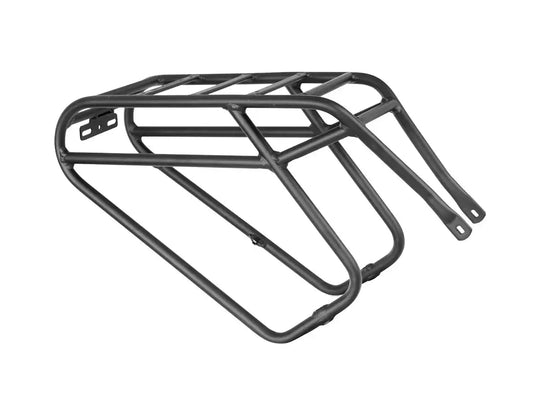
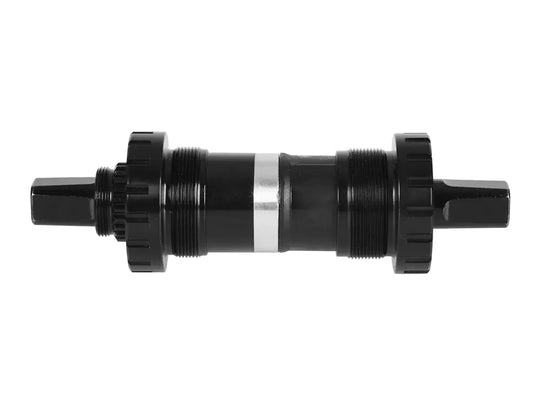
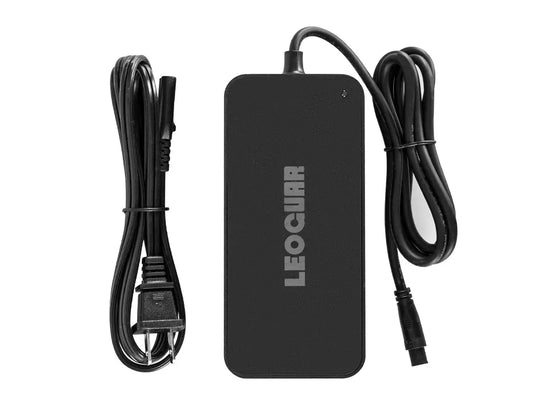
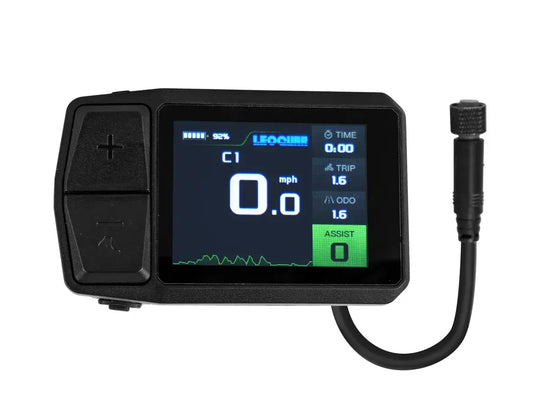
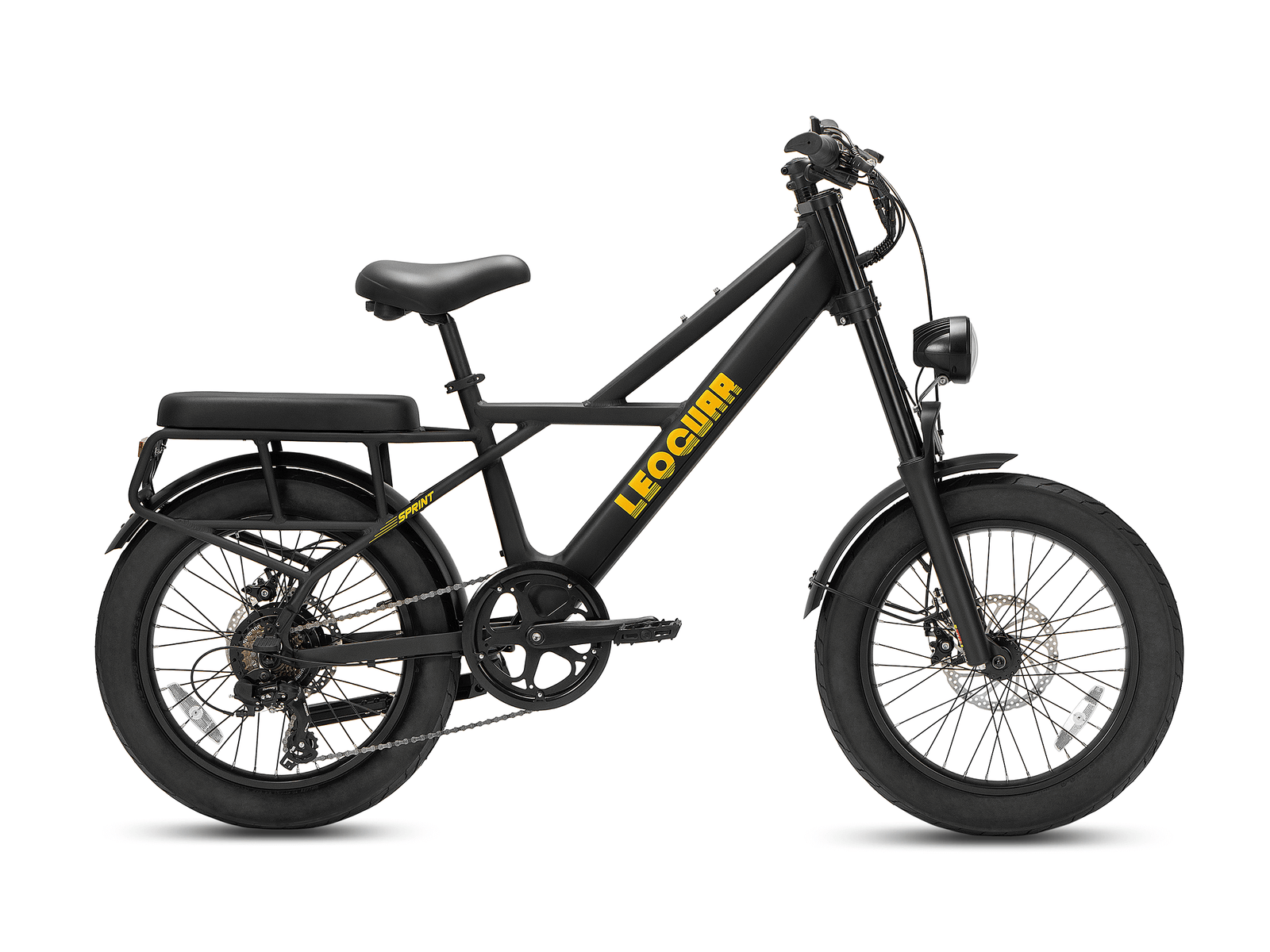








Leave a comment